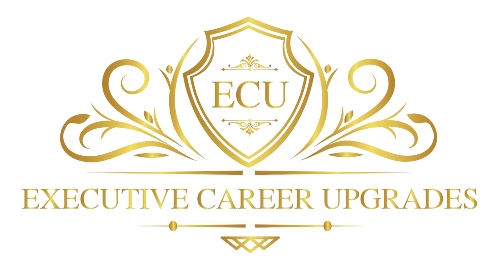As an executive leadership coach, I’ve talked to plenty of executives who feel that they are losing the “office culture” the pandemic stole away.
When teams go remote or hybrid (or come back to the office after a prolonged absence), there needs to be a reset period where the focus is on rebuilding those relationships and connections that make work not feel like work.
This isn’t just about free pizza or casual Fridays anymore—it’s about fostering an environment where people feel inspired, valued and empowered to do their best work. Put simply, your people want to:
- Feel that they are appreciated.
- Have a place to belong,
- Do work that matters.
1. Creating An Environment Where Everyone Can Thrive
Do you have team members that seem to fall through the cracks? While not every hire has to be an extrovert, leaders often risk losing some of their best talent when quiet wheels are not given enough grease.
Do you truly know your people? Do your managers know their people? It’s not just about knowing someone’s job history or preferred communication style—it’s about understanding who they are as individuals.
What motivates them? What challenges do they face? By getting to know your team on a deeper level, you can create an environment where everyone feels valued and supported.
Example: The ‘Talent Telescope’ Initiative
Implement a program where managers are tasked with “zooming in” on each team member’s unique talents and aspirations. This goes beyond traditional performance reviews to uncover hidden potential.
Key Component: Talent Mapping Sessions
Conduct quarterly sessions where managers and employees collaboratively create a visual map of the employee’s strengths, interests and growth areas. This visual representation guides tailoring work assignments, professional development opportunities and recognition efforts to each individual’s unique profile.
2. Fostering Meaningful Connections Within Your Teams
Once people feel they matter, they want to know that they fit in. This is where giving space for organic, meaningful connections among team members is key.
It may seem like non-value-added work to invest in connections, but these relationships create the bedrock of a thriving work culture. People want to feel known and appreciated as part of a larger whole.
I’ve seen companies that don’t get intentional with connections see a culture still grow—one of gossip, paranoia and closed doors. Those who invest in fostering meaningful connections among their employees create a culture of trust, support and collaboration.
Example: The ‘Story Bridge’ Initiative
Create structured opportunities for employees to share their personal stories, fostering empathy and understanding across the organization. This is a great way to break down barriers and build connections between team members.
Key Component: Story Circles
Hold regular gatherings (virtual or in-person) where small groups share stories around specific themes, building deeper connections across departments and hierarchies.
These could be monthly sessions with rotating themes like “A challenge that shaped me,” “My proudest moment” or “A time I failed and what I learned.”
By sharing these personal narratives, employees develop a deeper understanding and appreciation for their colleagues, breaking down barriers and fostering a more cohesive team environment. Get fun with it—encourage teams to build PowerPoint presentations that can be silly, serious or something in between.
Not only do story circles allow team members to get to know each other on a personal level, but they also provide an opportunity for individuals to practice their storytelling skills and learn from each other’s experiences—and that skill will pay dividends in and out of the workplace.
3. Aligning Personal Purpose With The Organizational Mission
When employees see a clear connection between their values and the company’s mission, engagement and performance soar. That’s why employees who feel that they matter and are connected then want to see their work make a difference.
First, ask if your company has a clear mission to begin with. What is it beyond the bottom line that drives the organization forward? If you don’t know, it’s time to find out.
Once you clearly understand the mission, it’s time to help connect your people and their daily work to that mission. No crew member wants to work on a ship where only the captain gets the treasure—that’s where mutiny starts.
When teams feel that they play a more prominent role in achieving the company’s mission, they feel more invested and motivated to succeed. The result? Higher levels of employee satisfaction and retention.
Example: The ‘Impact Visualization’ Initiative
Make the impact of employees’ work tangible and visible, reinforcing the significance of their contributions. This will work to strengthen their connection to the company’s mission, leading to increased motivation and engagement.
Key Component: Impact Journey Maps
Work with teams to create visual representations of how their work flows through the organization and ultimately affects customers or society. This exercise helps employees see the bigger picture and understand how their efforts contribute to the company’s overall mission.
Teams can create physical or digital maps tracing the journey of their work from inception to end-user impact, highlighting key touchpoints and the value added at each stage. The maps can also show gaps where low-hanging fruit can be snagged by those hungry for part of the mission.
You Can Foster A Healthy Culture
These strategies require time, effort and a genuine commitment to your people. But the payoff is worth it.
Remember, culture isn’t built overnight, nor is it the result of a single initiative. It’s the cumulative effect of consistent, intentional efforts to put people first. Start with one strategy, iterate based on feedback and watch as your organization transforms into a place where everyone can do their best work.


